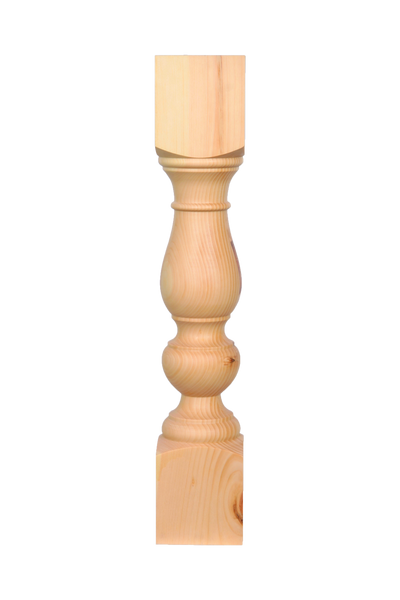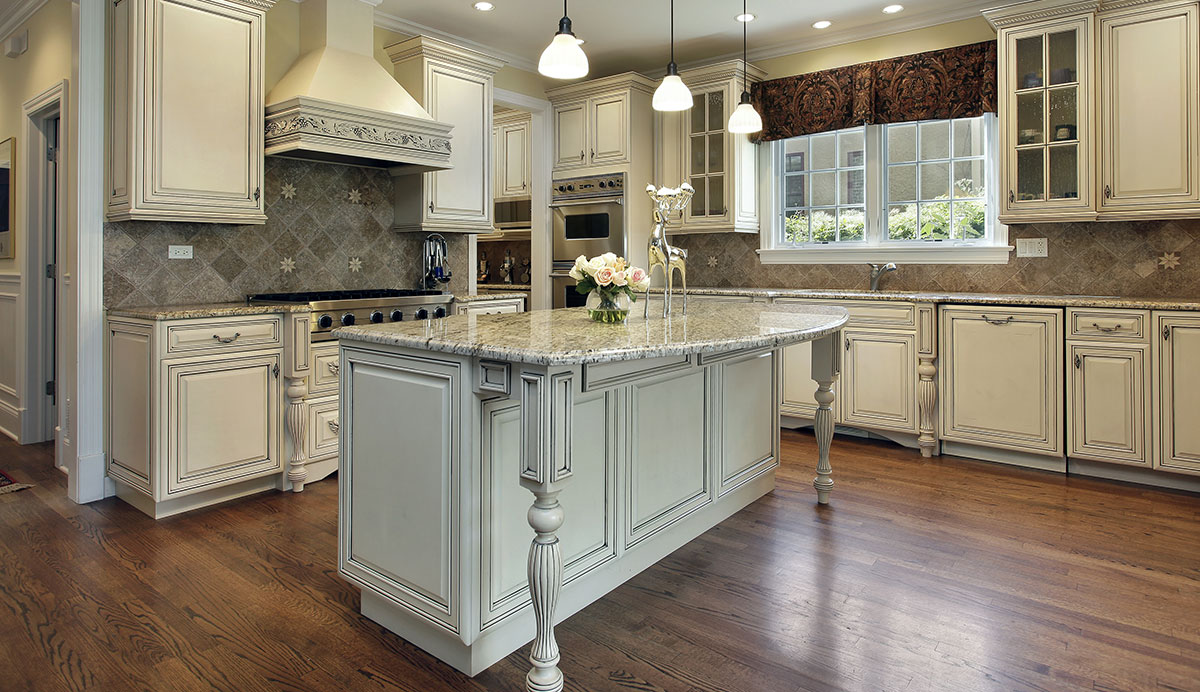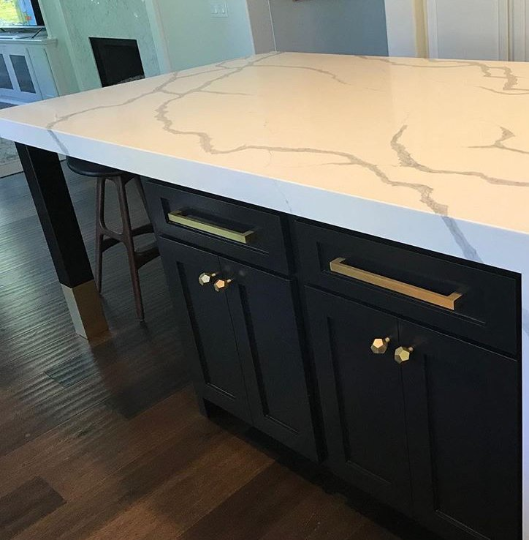A Guide to Selecting the Suitable Kitchen Area Island for Your Home
Selecting the perfect kitchen island is a multi-faceted decision that can dramatically influence both the capability and aesthetics of your home. Recognizing your kitchen area's spatial dynamics is the preliminary action, making certain that the island fits seamlessly without disrupting the circulation. Past space considerations, determining the main function of the island-- be it for meal prep work, dining, or extra storage-- is critical. The option of materials and surfaces also plays a crucial function in harmonizing the island with your cooking area's general design. As we explore these aspects better, the subtleties of each decision will certainly become clear.
Evaluating Your Area
Prior to selecting a cooking area island, it is important to thoroughly evaluate your room to make sure the addition will certainly be both practical and cosmetically pleasing. Begin by gauging the readily available location, consisting of the width, size, and height of the kitchen. Exact measurements are important to prevent purchasing an island that bewilders the space or one that is disproportionately small.
Consider the existing design and how the island will certainly integrate with the existing website traffic flow. A well-placed island needs to not hinder or block pathways access to important appliances, such as the refrigerator, cooktop, and sink. Leave ample clearance area-- typically around 36 to 48 inches on all sides-- to enable comfy activity and workspace efficiency.
Next, assess the all-natural light and sightlines within your kitchen area. An island that obstructs a window or disrupts visual communication can make the area really feel cramped and dark. Consider how the island's positioning will certainly impact illumination and exposure, guaranteeing it enhances as opposed to detracts from the kitchen's setting.
Establishing the Function
Determining the objective of your kitchen area island is a critical action in ensuring it fulfills your details requirements and choices. Before delving right into layout or dimension considerations, it is vital to clarify what primary feature the island will certainly offer in your kitchen. Will it be a central center for dish prep work, an informal dining area, or potentially an additional storage space service?
For those that take pleasure in cooking, incorporating home appliances such as a cooktop or sink could be necessary. In addition, sufficient counter room for slicing and blending, in addition to obtainable storage space for kitchen area tools and ingredients, can transform the island right into a reliable workstation. Alternatively, if the island is planned to assist in social interactions or offer as a dining location, seating plans come to be extremely important. In this situation, ensuring adequate legroom and surface for comfortable dining experiences is essential.

Selecting the Right Dimension
Choosing the appropriate size for your cooking area island is a balance of performance and space optimization. A suitable cooking area island must offer enough workspace while making sure that motion around the cooking area continues to be unblocked. Begin by gauging your kitchen area area; a minimum clearance of 36 to 42 inches around the island is needed to allow for comfortable motion and availability.
The measurements of the island should mirror its designated use. If the island will certainly serve mostly as a prep location, a width of 24 to 36 inches might suffice.

Finally, ensure that the island's dimension matches the total cooking area format, avoiding any frustrating More about the author presence that could diminish the cooking area's visual and energy - kitchen island legs. Cautious planning and accurate measurements will aid you achieve a efficient and unified cooking area setting
Finding Products and Finishes
After establishing the proper size for your kitchen island, the following step entails picking appropriate materials and coatings. The option of products significantly influences both the aesthetic appeal and functionality of your kitchen area island. Popular products for kitchen counters consist of quartz, butcher, and granite block, each offering distinctive advantages. Granite, known for its durability and classic sophistication, is very immune to scrapes and warmth. Quartz, a crafted stone, offers a non-porous surface that resists stains and microorganisms. Butcher block, made from hardwood, includes a cozy, rustic appeal and is suitable for food preparation.
In enhancement to the kitchen counter, consider the materials for the island base. Solid wood provides a traditional, tough look, while stainless steel offers a sleek, modern look and is easy to tidy. Repainted coatings can introduce a dash of shade, with alternatives varying from soft pastels to vibrant, vibrant colors.
Pay attention to the sturdiness of surfaces, particularly in high-traffic i was reading this areas, to maintain the island's look over time. Picking the right products and surfaces will improve both the performance and aesthetic appeal of your kitchen island.
Integrating Useful Attributes
Incorporating functional features right into your cooking area island can considerably improve its utility and convenience, changing it into a flexible centerpiece of your cooking area. One necessary feature to think about is added storage space. Incorporating closets, drawers, and open shelving can provide much-needed space for cooking equipment, tools, and small devices, assisting to maintain a clutter-free atmosphere.
Another valuable enhancement is an integrated sink or cooktop, which can simplify dish prep work and clean-up processes. A sink can assist in jobs such as cleaning vegetables and cleansing recipes, while a cooktop can permit for cooking directly on the island, cultivating a more interactive and social food preparation experience.
Take into consideration incorporating seating options, specifically if your kitchen area doubles as a casual eating location. Bar feceses or built-in benches can change the island right into a multifunctional space for meals, research, or casual gatherings.
Lastly, integrating electric outlets into your cooking area island can enhance its practicality. Electrical outlets provide hassle-free access for tiny kitchen area devices, billing stations for electronic gadgets, and additional lighting choices.
Conclusion

Prior to choosing a kitchen island, it is vital to completely evaluate your space to ensure the enhancement will certainly be both practical and visually pleasing.Choosing the best size for your kitchen island is a balance of functionality and room optimization. kitchen island legs. An optimal cooking area island should supply enough work area while guaranteeing that motion around the cooking area stays unobstructed.Incorporating practical attributes into your kitchen area island can considerably enhance its utility and ease, changing it into a flexible centerpiece of your kitchen area.In final thought, picking the perfect kitchen island demands a comprehensive evaluation of the offered space, clarity concerning its key feature, and mindful consideration of the proper size and products